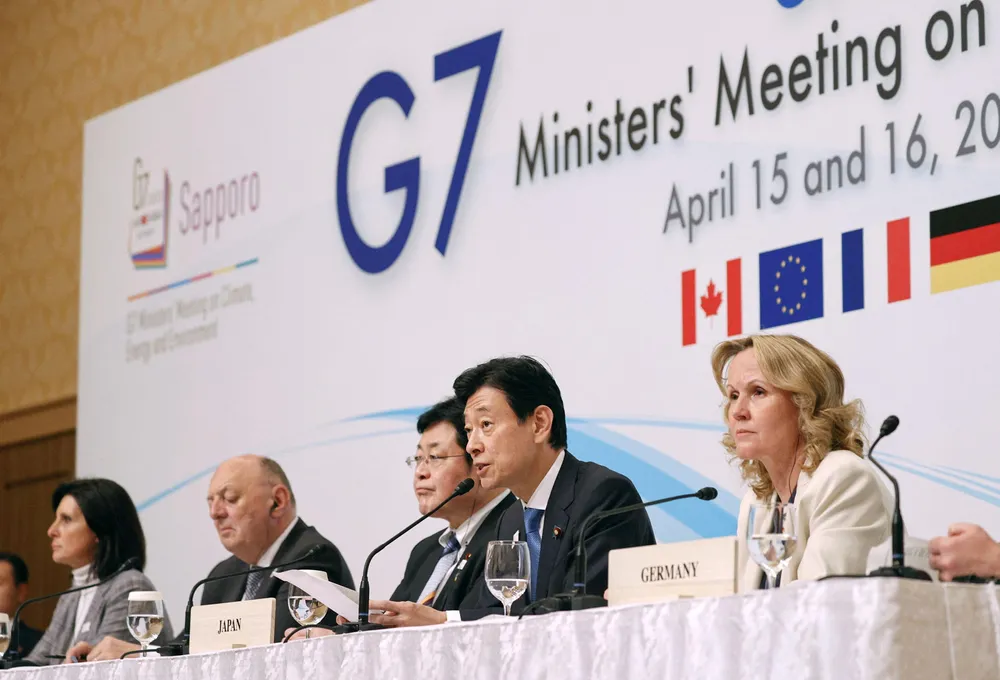Cliffhanger: G7 leaders kick transition can down the road
Linguistic contortionism in Sapporo summit's resolution carefully avoids any commitment that feels too accountable

Linguistic contortionism in Sapporo summit's resolution carefully avoids any commitment that feels too accountable
